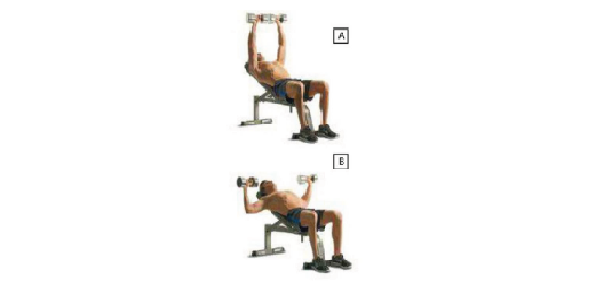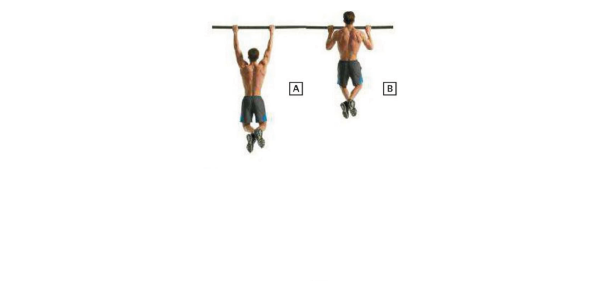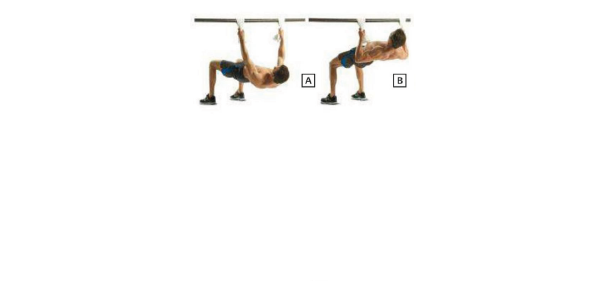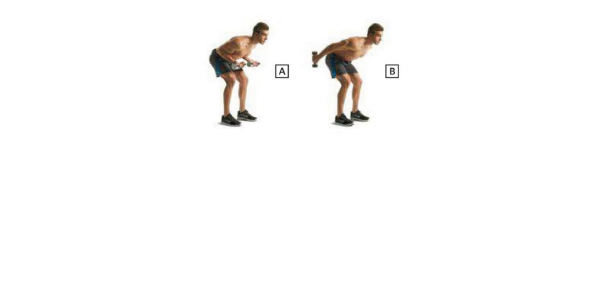What is protein?
Protein is one of three macronutrients needed and used by the body. These are Protein, Carbohydrates and Fats. Basically proteins are a series of Amino Acids linked in a chain. There are 22 amino acids and the body needs all of them in order to function correctly. The amino acids contain Carbon, Hydrogen, Oxygen and Nitrogen, combining in different structures to form different types of protein.The positive Nitrogen balance created by consumption of protein is essential for muscle building.
The 22 amino acids are made up of 8 essential and 14 non-essential.* Non-essential amino acids occur in the body whereas we must get our essential amino acids from our diet. Therefore you should eat a wide and varied diet in order to obtain all that the body requires. *(over the years the actual number of essential and non-essential amino acids has varied due to different research. As to have the amount that is required of each.)
Asides from the great muscle building properties protein is required for growth, maintenance and repair of every cell in the body. It is a major component of muscles, tissue and organs and is responsible for just about every process in the body.
Benefits
- Protein is responsible for transporting nutrients and oxygen in the blood.
- It is important in the production of antibodies keeping the immune system healthy.
- Keeps the body in a state of anabolism. This is essential for building muscle.
- Growth Hormone regulation.
- Muscle preservation during dieting cutting phases.
- It is used as an energy source when there are no carbs available.
- Helps blood clot.
Sources
The most popular protein sources are meat, fish, shellfish, dairy and poultry. Eggs are a popular source as they contain the highest amounts of essential amino acids. Protein can also be obtained from pulses, soya beans, oatmeal, rice, peas, lentils and wholemeal foods. These days it is very popular to obtain protein from supplements.How much protein do I need?
Protein in the body is used daily and therefore must be constantly replenished. There are huge variances in what is considered the right amount. Let’s have a look. Guidelines suggest that for the average female a daily intake of 45g is right while for an average male this rises to 55g.The US dietary guidelines suggest 0.8g of protein per kg of bodyweight for the average person.
This would mean for a person weighing 80kg (165lb), protein would = 0.8×80 = 64g
It is also suggested that anyone preforming regular exercise should increase their protein intake. In this case it is suggested consuming 1.5g-1.8g per kg of bodyweight. This is purely for recovery of the body’s muscle tissue. If protein consumption is low this is what causes soreness the day after exercise.
It is said and can be found that some are taking levels as high as 2g- 2.5g per kg. This kind of consumption is mainly by bodybuilders or those looking to pack on muscle mass.
How much is too much?
For normal healthy people it is believed that high levels of protein intake will not have any detrimental effect on the body. However, it should be noted that if the person is suffering from diabetes they should limit to 0.8g-1g per kg of bodyweight. (The American Diabetes Association).As high protein intake can put strain on the liver and kidneys, those with liver or kidney disease should avoid high levels of protein. There is also a higher risk of high cholesterol among those with high protein diets.
On the other hand, too little can cause tiredness due to muscle breakdown as well as a generally tired appearance and skin problems.
Summary
Following the daily guidelines for your bodyweight, sex, age and level of activity will ensure that you get the optimal amount for your personal requirements to build and maintain muscle strength.But getting the right amount of protein and making your diet interesting is not always easy.




















0 comments:
Post a Comment